Tom's Guide Verdict
Digimon Survive is a good — and surprisingly dark — visual novel, with a mediocre turn-based battle system.
Pros
- +
Strong, dark narrative
- +
Memorable characters
- +
Visual novel scenes looks great
Cons
- -
Odd aesthetic choices
- -
Battle mode is shallow and slow
- -
Unnecessarily drawn-out story
Why you can trust Tom's Guide
Platform: Nintendo Switch
Price: $60
Release Date: July 28, 2022
Genre: Visual novel/Turn-based strategy
In Digimon Survive, a group of teens are trapped in an alternate world, desperate to make it home alive. Your choices will determine who lives and who falls victim to the mysterious monsters that inhabit the land.
In Bandai Namco's latest Digimon game, players will find a combination of a visual novel and a turn-based strategy game. It’s a narrative-driven adventure, heavy on memorable characters and possessed of a dark, twisting story with real stakes.
However, the game's OK-but-not-great battle system holds it back, in spite of some gorgeous visuals and a strong story. Slow pacing can suck the momentum out of the journey at times, and frequently revisiting the same areas feels tiresome.
Overall, though, Digimon Survive has a story worth experiencing. The maturity of the plot is a welcome surprise, and battling with ever-evolving digital monsters is a winning formula. It’s the sort of game that seems ripe to be considered a “hidden gem” in a few years, but it's still worth playing through today. Find out why this in Digimon Survive review.
Digimon Survive review: Gameplay
There are essentially three phases to Digimon Survive. Most of the game is a visual novel. Players can expect to invest the majority of their time observing the story, as it plays out like a minimally animated anime. There is a lot of dialogue to read, and you'll occasionally hear it spoken aloud in Japanese with subtitles. The experience is much more focused on watching and reading than it is on playing.
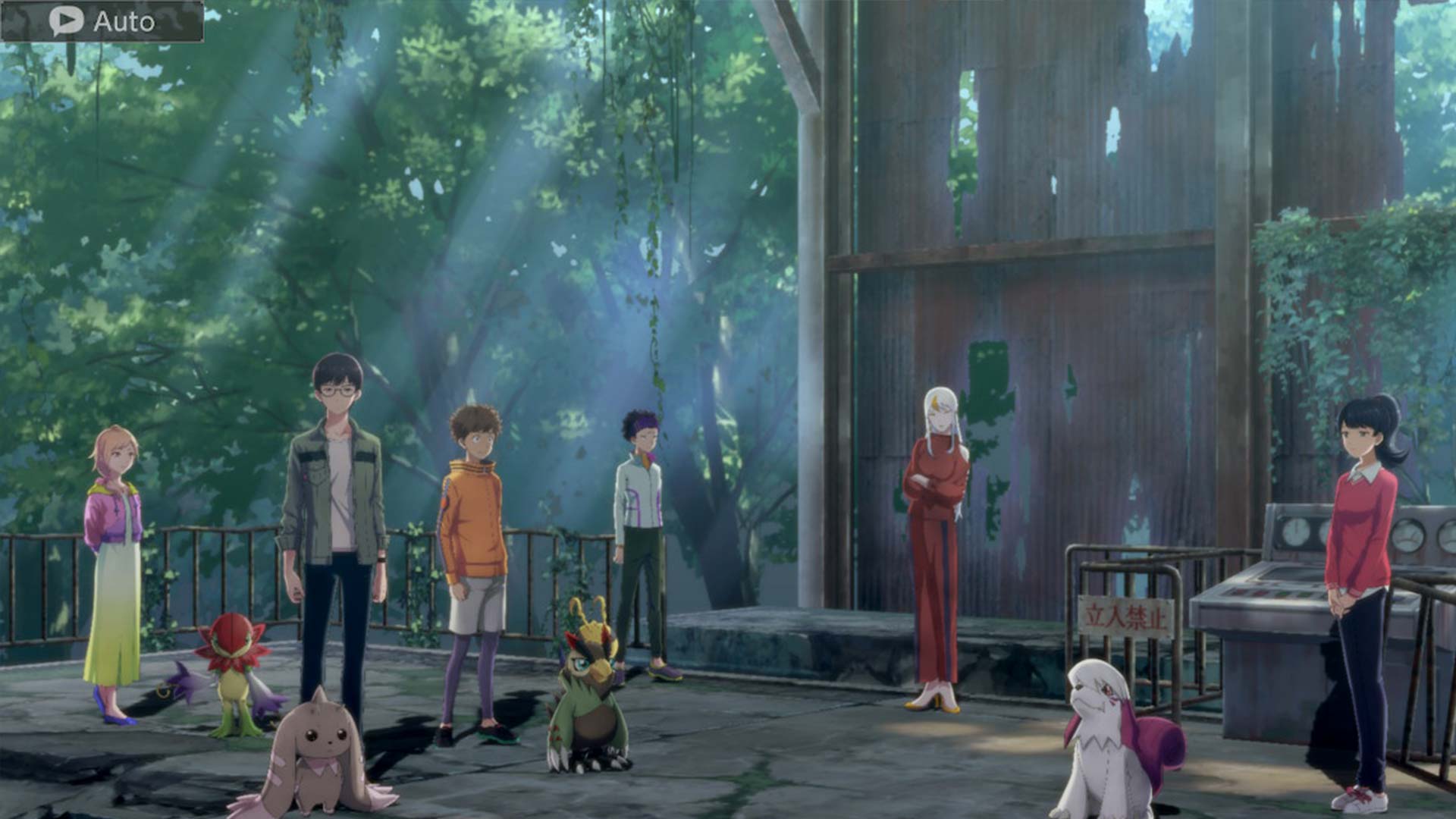
That doesn’t mean the visual novel aspects of the game are purely passive, though. There are conversation options and choices that pop up occasionally. Your choices will affect how particular scenes play out, and how relationships develop between the protagonist and other survivors. These, in turn, will determine how the story progresses, and which of the multiple endings you'll experience.

Outside of its long stretches of storytelling, Digimon Survive works like a point-and-click adventure. During these times you are free to move from zone to zone and interact with other characters, often leading to some of the aforementioned relationship building. You can also investigate points of interest. Many of these are benign, but some will have useful items or monsters hidden in them. The game will telegraph any essential characters or objects with a red exclamation point. That's helpful if you want to keep things moving, or if you're trying to search every nook and cranny while you can.
Get instant access to breaking news, the hottest reviews, great deals and helpful tips.

Finally, the game has a battle system. Fights are relatively infrequent in Digimon Survive. When they do take place, the view switches to a three-dimensional grid. Monsters populate the self-contained map, and you choose which of your Digimon participate in the turned-based battles. Each monster has two attack types: a standard one, and a more powerful version that may apply status effects or hit from greater range. Positioning units to hit an enemy's flank or rear does bonus damage. Most units also have an archetype, such as focusing on dealing damage or mobility.
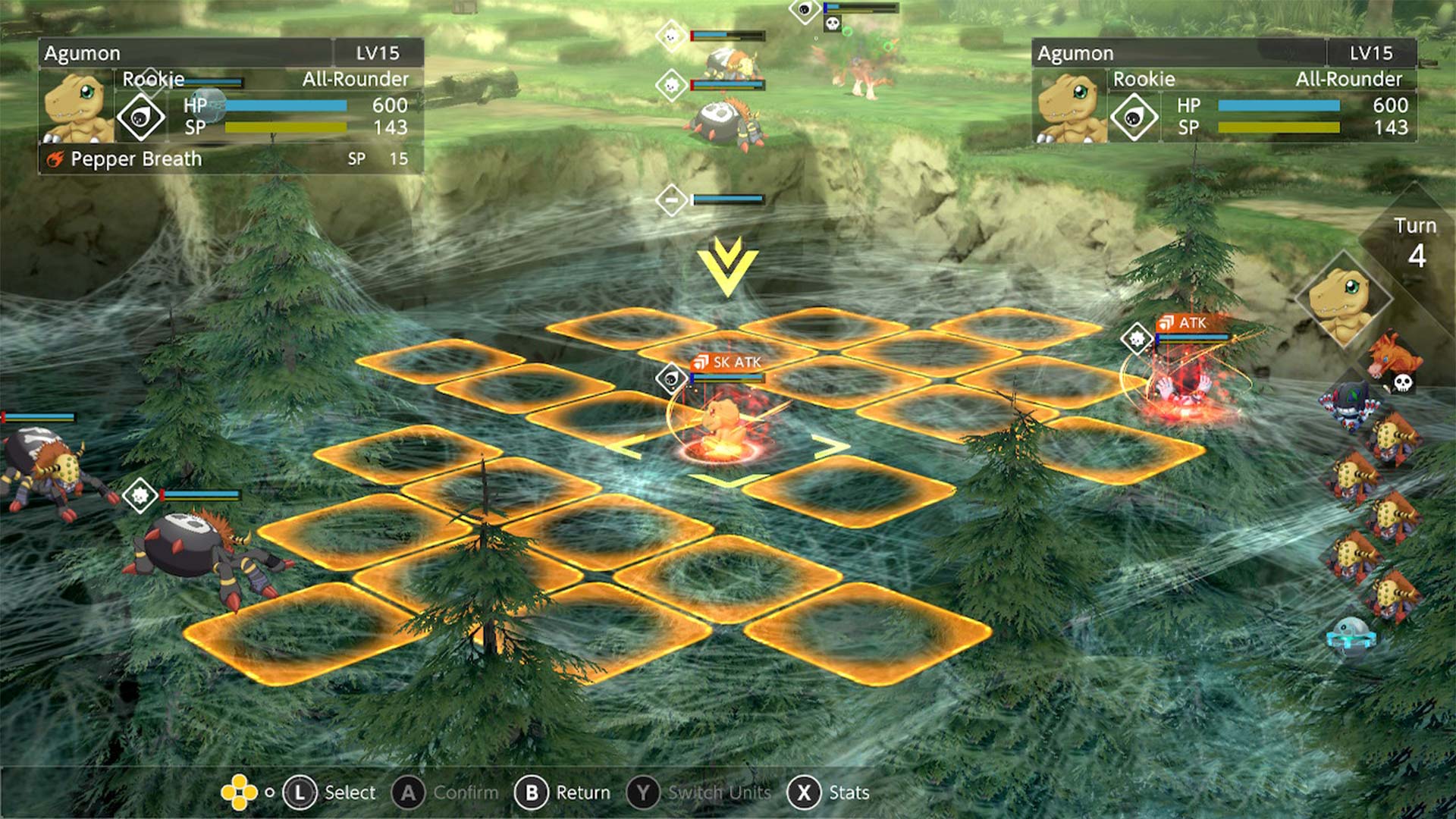
The battles in Digimon Survive are few and far between, which might be for the best, given how simple the battle system is. There is one interesting wrinkle: Digimon can temporarily evolve mid-battle. This consumes the limited SP gauge that fuels special attacks, but stat boost you get in return is significant. When to deploy this ability is one of the few truly strategic choices that players get to make, as the rest of fights are just a cycle of surrounding foes and pounding them into submission.
Digimon Survive review: Story
The story in Digimon Survive is engaging, as well as surprisingly dark and mature. The “survivors” are trapped in a world filled with monsters. Each character is generally well fleshed out, with strengths, weaknesses and traumas from the past that affect how they try to stay alive. The characters feel alive, and it’s easy to get invested in their struggles.

The weight of your decisions is ever present, and that’s a big part of why the story works so well. Building trust during quiet moments of downtime is key to keeping your friends alive during the pressure packed life-or-death situations. You'll have only a limited time to interact with characters, and it is impossible to speak to everyone. The game forces you to make hard choices about which people get your attention, and you won’t be able to keep everyone alive in a single playthrough. The narrative doesn’t pull punches. Your choices can make the difference between characters surviving, or dying violent and brutal deaths.
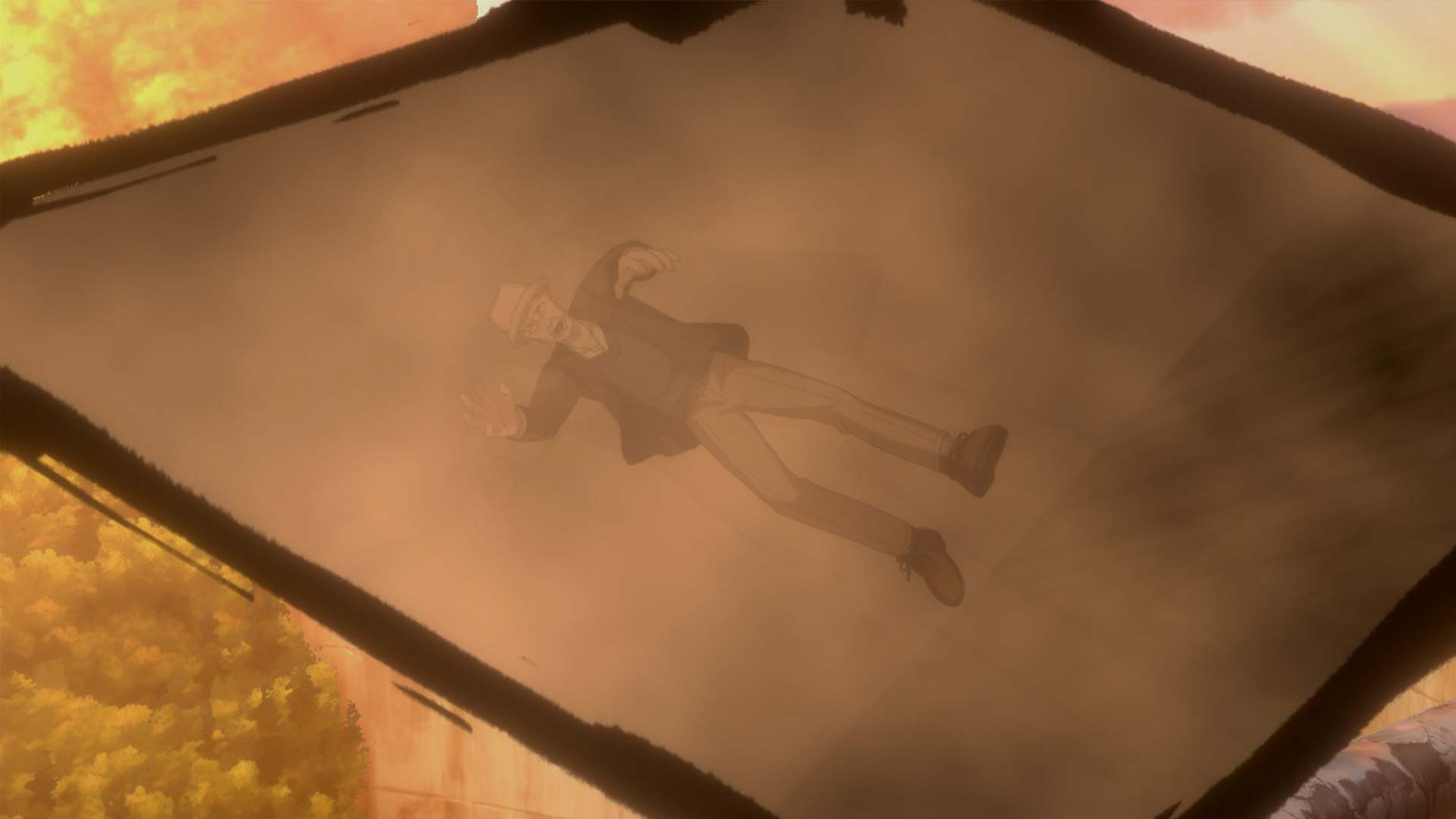
The story can drag at times. Having to relive the same basic conversations disrupts the pacing frequently. Expect to talk to the same people over and over again to advance past important scenes. It’s unnecessary, and hurts the storytelling.
Digimon Survive review: Visuals and sound
The visual novel aspects of Digimon Survive look stunning. The character and level artwork looks clean, crisp and detailed. Character faces are emotive, and small amounts of motion help convey feelings and reactions effectively. Expressions of terror, in particular, feel visceral and effective.
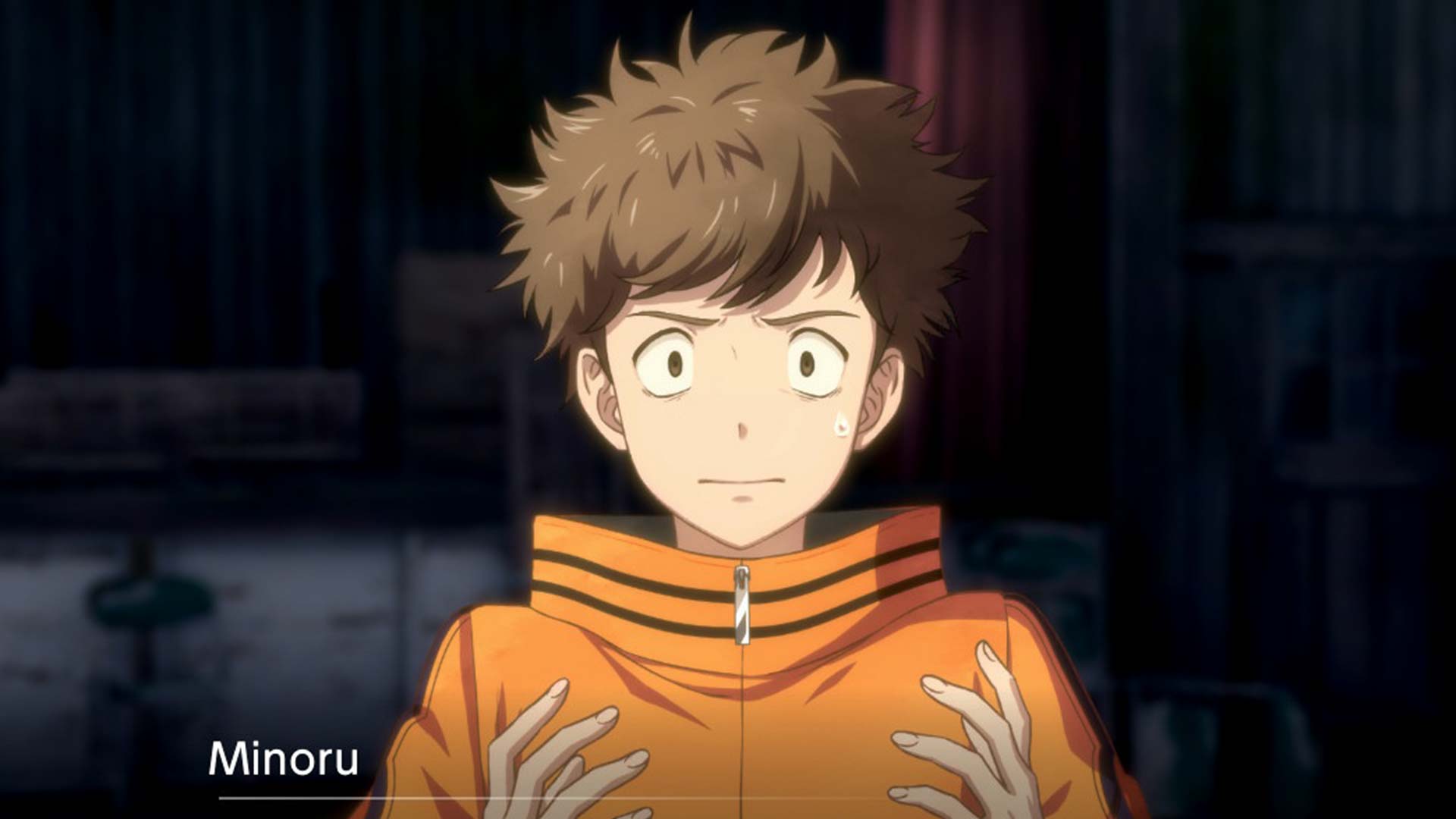
The turn-based battles trade the clean 2D artwork for three-dimensional character models. These aren’t nearly as visually appealing. The characters all adopt a short, squat “chibi” style, and look more like Funko Pops than people. This is a stark contrast against the realistic proportions during the rest of the game, and a poor fit for the life-or-death stakes in the story.
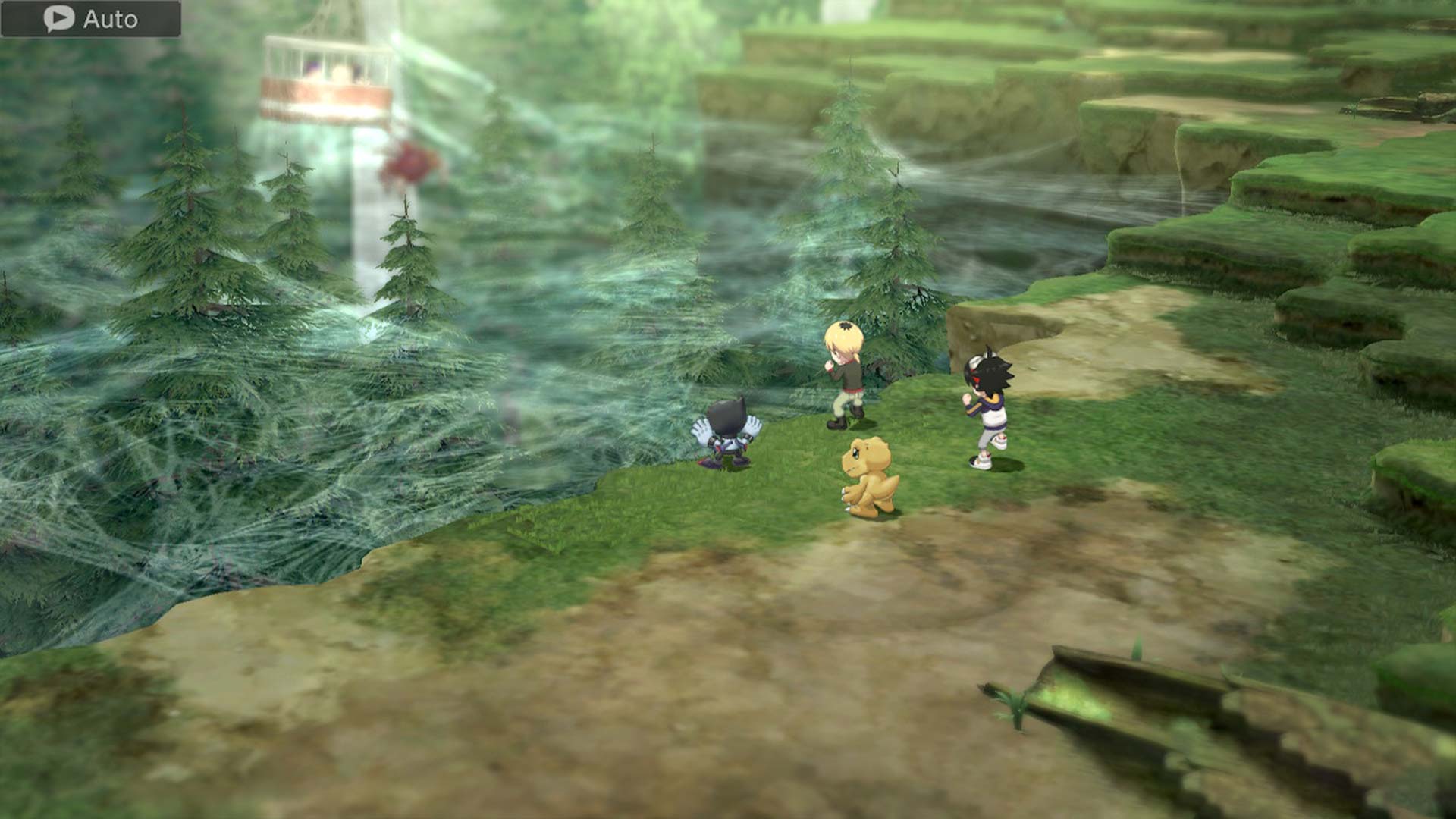
The game's music is generally excellent. The way the audio tracks convey mood is effective, especially in moments of fright or melancholy. In Digimon Survive, the music works symbiotically with the visual storytelling, and enhances the overall experience. The soundtrack does start to get a bit tired by the end of a 30-40 hour playthrough, but that speaks to the limited number of tracks, not their quality.
Digimon Survive review: Verdict
Digimon Survive is a visual novel first, and a point-and-click adventure/turn-based strategy game second. As a visual novel, it’s engaging, mature and aesthetically pleasing.The music hammers the characters' emotions home, and the weight of your choices may affect you long after you put th egame down.
However, the turn-based battle system is simple, and borderline shallow. It’s also the worst-looking aspect of Digimon Survive. Fortunately it’s an infrequent diversion, rather than a core centerpiece of the experience. If you can look past the uneven combat, there’s a strong character-driven experience in Digimon Survive.

